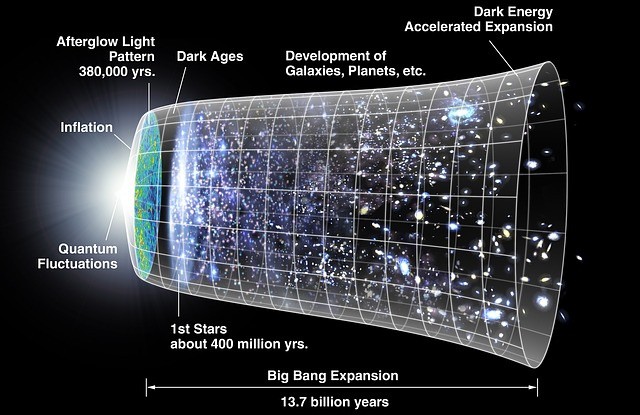
The occurrence of the Big Bang left helium traces that were leftover billions of years ago, which are detectable now. From the dawn of time, this ancient helium is said to be emitted from the Earth's core. Evidence mounts that the Earth could have formed in an ultra-hot solar nebula in the first days of a nascent universe.
Earth Formed From Ancient Helium
The new study establishes from the singularity's explosion to the first formation of Earth inside superhot nebulae, reported SciTech Daily.
Evidence using Helium-3, a rare isotope of helium gas, came from the singularity that has been argued to this day but not settled.
Helium-3 has been identified in small quantities at the surface of the Earth. Nevertheless, scientists seem to have no understanding of how much it was seeping from the Earth's core as contrasted to the mantle, the Earth's major parts, noted Space Daily.
Last March, the study suggested in Geochemistry Geophysics Geosystems pins down the core as a major source of helium-3 is the Earth.
While some natural processes, such as the radioactive decay of tritium, can generate helium-3, the majority of helium-3 is synthesized in massive nebulae, churning clouds of gas and dust like the one that led directly to our Solar System.
The element is one of the primordial elements in the early universe, and it is one that was made in the first burst of energy at the beginning of time.
New Clues to Creation of the Blue Planet Earth
A planet's significant changes in the environment where it arose because it gathers material from its surroundings as it develops. During the Big Bang, it left helium traces from the point zero moments which is one of the oldest helium traces.
The kind of helium seeping out from the core of Earth had only one source, and it could only be in an extant solar nebula when it's really hot. No way Earth can be built up in any other stage.
A new study adds to the mystery regarding Earth's formation by presenting more backing for the hypothesis that our planet originated within the solar nebula.
The study's lead author Peter Olson, a geophysicist at the University of New Mexico, says that about 2,000 grams of helium-3 are detected as emissions from the Earth each year. It can fill a balloon as big as an office desk.
He added that there is a very significant amount of this isotope in the Earth's interior, which is a miracle of nature and a hint to its history.
Scientists devised a model based on the helium of the two most crucial stages of the planet's formation. This event was when helium was building up and when the moon of the Earth was formed, which led to the depletion of helium.
In pre-earth, the study says it was struck by a cosmic object about four billion years in the past; it caused remelting of the primordial crust of the Earth that causes the helium to escape till now, cited Science Daily.
Olson added there is a finite amount of the helium-3 still in the Earth's core, but still a lot is left over from the singularity.
The big bang and the helium traces it left are like crumbs to the point when reality explodes, and more is learned by science about how the universe began.
© 2025 HNGN, All rights reserved. Do not reproduce without permission.








